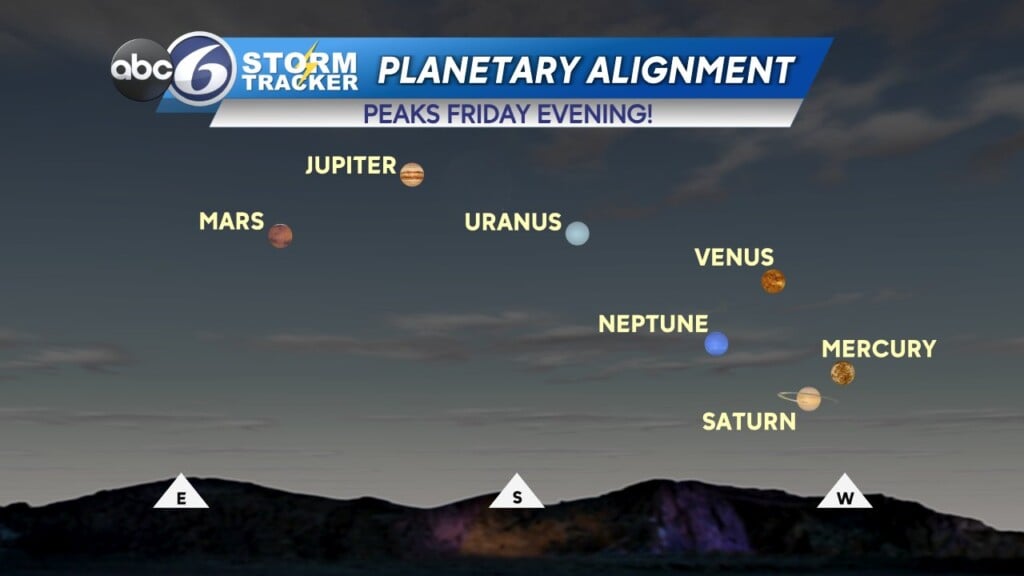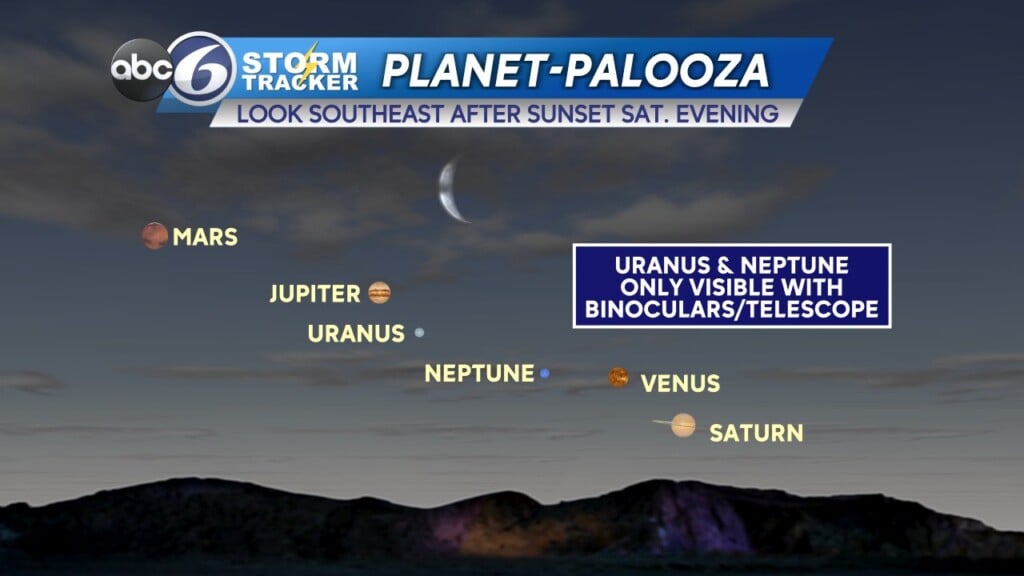Path of the Eclipse
PROVIDENCE, R.I. (WLNE) — Here in Southern New England, we will see 91% of the solar eclipse on April 8.
What we see here will be different from what you can see where it will be 100%.
A total solar eclipse doesn’t happen every day. No doubt, it’s truly an event to behold.
But, as magnificent as totality is, it’s merely a perfectly placed shadow.
Dr. Kimberly Arcand, a native Rhode Islander and NASA Visualization Scientist notes, “A solar eclipse is just blocked light when the moon eclipses our sun. It means the moon as it’s orbiting our earth – it just happens to be in the perfect location and distance from earth to block all of that sun’s light.”
We can chart out the path the shadow will make on the Earth. Those not in the path but close enough to it will see a partial eclipse, like here in Southern New England.
“In a partial eclipse, you can think of it as the angles between where we are on Earth, our moon and our sun are just not perfect, we’re just like a little bit out of that beautiful path of totality.”
Back in the totality track, the eclipse starts with Shadow Bands. They’re often described as similar to the shadows at the bottom of a swimming pool on a sunny day. They’re very brief- when 1% of the sun is remaining before totality.
“Shadow Bands are these long dark strips/areas that move rather quickly. They’ll be separated by white spaces- you can see them on the sides of buildings or on the ground for example.”
As the eclipse progresses, shadow bands transition to Baily’s Beads. To understand the phenomenon of Baily’s Beads, you have to understand the landscape of the moon. Since the moon has no atmosphere, it has taken direct hits from comets or rocks over a long period of time. As a result, the surface of the moon is cratered extensively.
Dr. Arcand notes, “It’s not a perfect sphere- it’s not like a marble in the sky. So, as that moon is going in front of the sun, all those little jagged pieces around the moon, those bits of light from the sun can kind of burst around and cause these things called Baily’s Beads.”
From here we enter the peak eclipse phase called the Diamond Ring. It’s when all of the sun is covered by the moon and all that’s visible is the atmosphere of the sun and it’s breathtaking.
“You can see one beautiful bright burst and then you have this glow from the atmosphere of the sun behind the moon as well and makes what looks like a diamond ring- it’s quite lovely.”
This phase lasts only 4 minutes and is the only time when you can look at the sun with the naked eye. From totality, you experience the events in reverse as the shadow of the moon moves on.
Since we won’t see totality here in Southern New England, we will experience this as a partial eclipse with glasses on for the whole event.
Dr. Arcand notes that here in Southern New England, we will still see a large crescent shape during eclipse time, which can be truly stunning and worth your time checking out.



